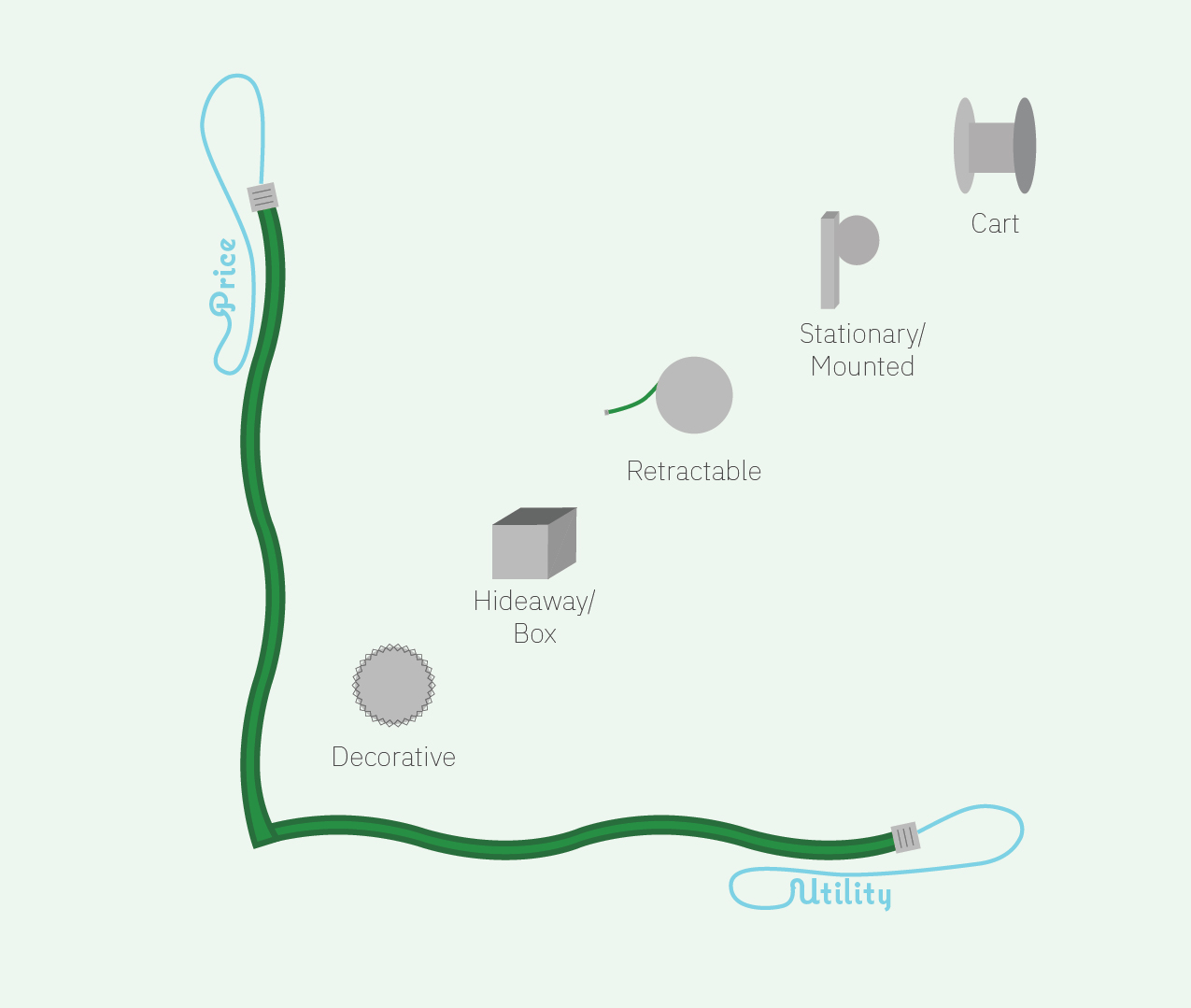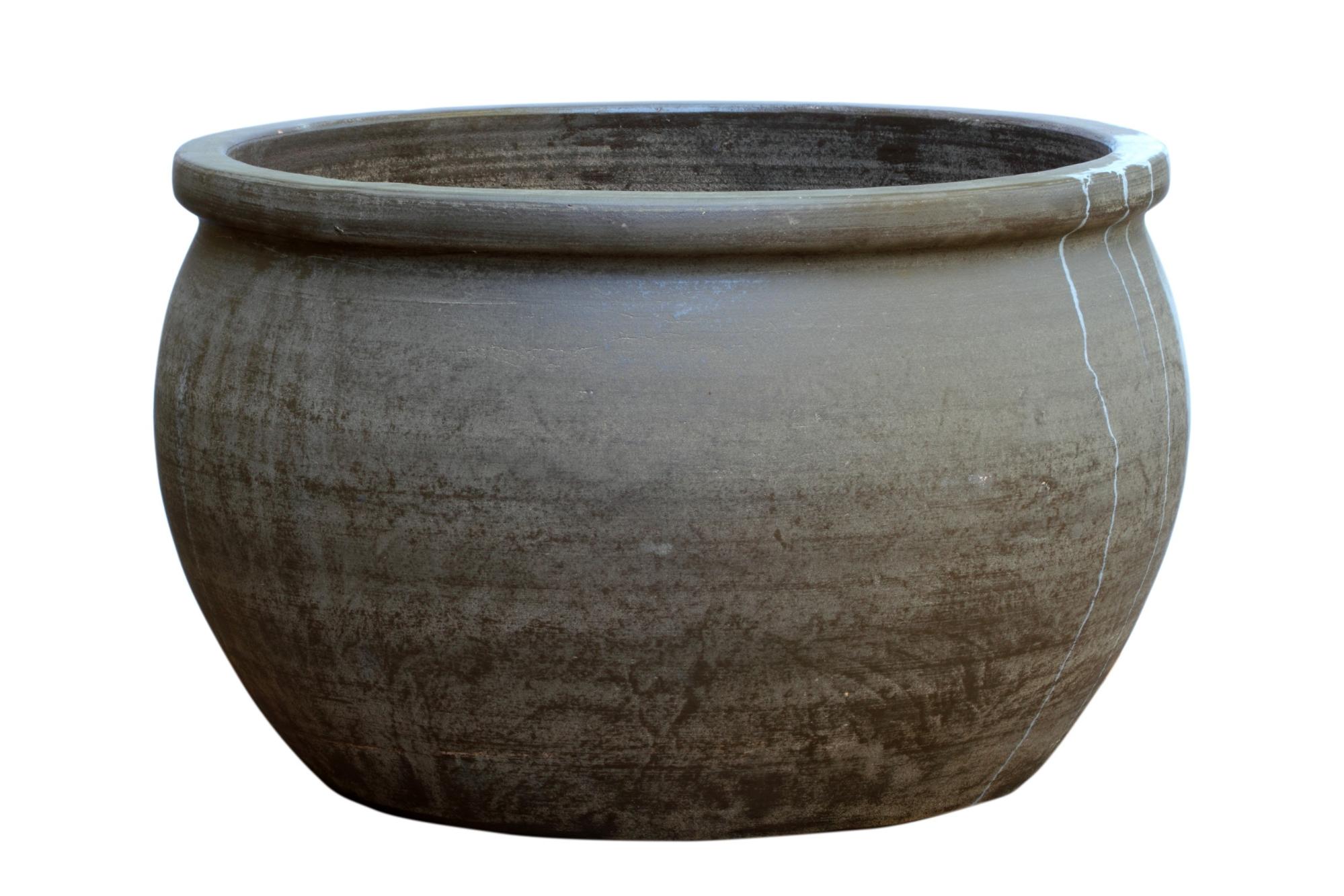Garden Hose Storage - Tips and Tricks for the Everyday Gardener
Properly storing your hose is one of the easiest ways to ensure you get the longest possible lifetime out of it. For avid gardeners who have invested in a high-quality, high-performance hose, storage is particularly important to make sure your purchase delivers the results that it promised (and you don’t have to spend money on a new one if it doesn’t). Proper storage, paired with other good practice hose care techniques, can extend your hose’s life far past just one season of gardening. The great news is that storing your hose is far easier than you might think; you might even have the perfect storage vessel sitting around your house. If not, purchasing a hose reel is a great investment that will increase your gardening productivity and save you money over time on hose replacements/repairs.
Tips & Tricks for Hose Storage
Selecting a hose reel: Hose reels are unanimously one of the best mechanisms for storing your hose. They make it easy and quick to roll up your hose after use, and they minimize the occurrence of hose winding faux pas such as kinks and tangles.
When selecting a hose reel, there are several different things to consider. You’ll want to keep in mind your hose length, what types of functionality you are looking for and budget (hose reels can get to be expensive). And while pricing depends on a variety of different factors, including material, brand and additional functionalities, generally hose reels types follow the pattern of price and utility below.

In the graphic above, we have detailed the main types of hose reels you’ll find. Any hose reel can be a
decorative hose reel; however, we traditionally see specifically decorative hose reels being less expensive, but also lower quality. Most decorative hose reels are mounted. Hideaway or box reels have similar functionality as decorative hose reels in that their primary advantage is appearance, but they can be difficult to use as well. They do, however, protect your hose from the elements, which can extend its life. Retractable hose reels also protect hoses from the elements in addition to being much more convenient to put away; however, retractable hoses are often cheaper and prone to breaking. Stationary or mounted hose reels typically refer to higher-quality reels than “decorative” or “retractable” hose reels. As their name suggests, they are mounted to a post or a wall and cannot be moved. Stationary hose reels are cheaper than the alternative, cart reels; however, the drawback is not being able to reach all corners of your garden. If you are planning on mounting your hose reel, you should plan to have it around four feet off the ground for average height, though it comes down to personal preference at the end of the day. Make sure to mount close enough to a water source that your leader hose will reach it. If you have a small garden or particularly long hose, a stationary reel might be a good option. On the top of the list in terms of pricing and functionality is the hose reel cart. The cart hose reel is more expensive than stationary because of the additional equipment needed (wheels). However, the added functionality is portability, which is helpful for gardens with a large surface area. Another helpful aspect of cart hose reels is that they can be moved out of the sun/elements when not in use.
Using a hose reel leader hose: Before diving into why you need a leader hose, let’s clarify what exactly a leader hose is. A leader hose is a shorter than average segment of hose that is designed to act as an extension when necessary. Leader hoses are helpful when trying to attach hoses to hard-to-reach spigots or attaching your hose reel to a water supply. We recommend purchasing universal leader hoses in order to avoid having to worry about incompatible couplings. Attach your leader hose to your hose reel by securing the compatible side to the spigot, and then the other side to the designated location on your hose reel.

Winding and unwinding: Winding your hose on a hose reel is pretty easy: Simply roll your hose loosely around the reel, going slowly enough to allow any excess water to drain out of your hose. If you are using another storage technique, we recommend coiling your hose in 3-foot loops around your arm, still slowly enough to allow water to drain, and then place into a garden hose holder. Take care when unwinding your hose for use; rather than tugging at your hose from afar, gently undo it loop by loop to ensure kinks do not develop.
DIY Hose Storage
DIY Hose Reels: A homemade hose reel won’t necessarily have the same capabilities of a store-bought reel, but for a lot of gardeners, it still does the trick. Using household or junkyard items, you can easily create the perfect form to wind your hose around.
- Wooden post: Create a hose stand reel using a wooden post by nailing in a curved piece of metal with a lip to ensure your hose doesn’t fall off
- Metal pail: Use an old metal pail and secure the bottom to a wooden post. Bonus points for this method because the inside of the pail acts as a storage unit for gardening tools.
- Tire rim: Calling all car enthusiasts: have any old tire rims? Secure to a wall or post and wrap your hose around for a quick-fix hose reel.

DIY Hose Holder: One of the main benefits of a hose container in place of a reel is the protection from the elements. They require a bit more work from you when putting your hose away, but the longevity it can give your hose is definitely worth it.
- Large metal pail: If you have a large enough metal pail to fit your three-foot looped hose, this is an easy option for hose storage. Note that if your pail doesn’t have a lid, we suggest moving it under cover when the hose is not in use.
- Flower pot: It’s likely that the avid gardener has a few leftover pots from plants that have passed away, and if they’re large enough, they can be repurposed as decorative hose holders. Again, keep in mind that this type of storage will likely not have a lid, so keep in a garage or under cover.
Proper storage is one of the best ways to make sure your hose maintains its health for a long time. Keep in mind that
storage recommendations differ as winter rolls around, and adjustments will likely need to be made. For more tips on taking care of your hose, click here.
All content provided in this article is for general informational purposes only. All use of products referenced in this article should be done in accordance with the manufacturer’s instructions.